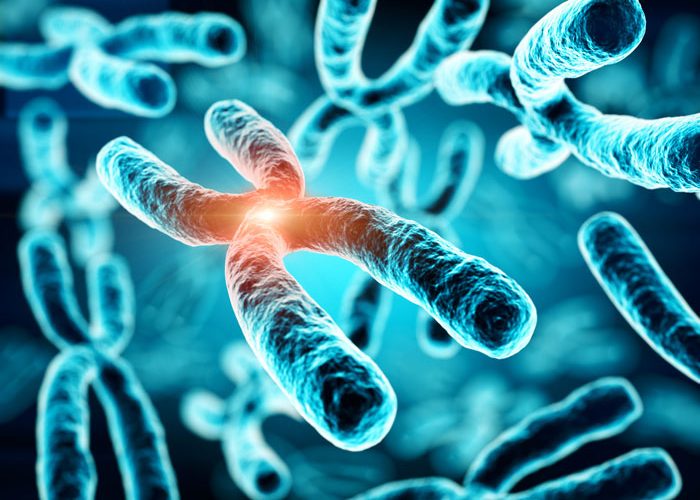
This seminar was presented by Tom Price from Liverpool University and was based around ‘driver’ chromosomes which are known to destroy other chromosomes to ensure that they are inherited during sexual reproduction.
What are driver chromosomes?
Driver chromosomes are known to destroy other chromosomes to ensure that their genetic information is passed on to the next generation.
X chromosome meiotic drive is where the sex chromosome eliminates the alternative sex chromosome, such as the Y chromosome.
Driver chromosomes are known to rapidly spread through a population due to their ability to essentially ‘out-compete’ any other chromosome by deleting it during sexual reproduction.

What is the issue with driver chromosomes?
As previously eluded to, sex chromosome meiotic drive eliminates the alternative sex chromosome. When using humans as an example, an X chromosome meiotic drive, which eliminates the Y chromosome, would lead to a heavy female biased ratio.
This leads to one male per 10 females, or often even more extreme, which is an issue because the genetic variability of the population decreases, and populations with low genetic variability are more susceptible to extinction from diseases.
Fortunately, often a new population arises with resistance to the drive, which then rapidly spreads through the population and causes the sex ratio to return back to normal.
A study was also carried out in Western America on Drosophilia pseudoobscura which found that ‘driver males’ suffer in sperm competition. Therefore, if a female is to mate with many males, she can reduce the effect of the driver males. Monandry can often lead to the extinction of a population because no males are left. This, therefore, often leads to increased polyandry in populations that are exposed to driver males. One issue, however, is that females are unable to distinguish between driver males and normal males.
Driver chromosomes can also lead to conflictual speciation. If populations become isolated from one another, and one population evolves a driver chromosome system, these two populations may adapt differently which can eventually lead to reproductive isolation.

How are driver chromosomes utilised?
Due to gene drive spreading rapidly throughout a population, the system can be modified with replacement technology which can insert genes into the driver chromosome. This would allow for a gene to be rapidly integrated into a population which can have many useful applications.
One such example could be inserting resistance to a particular disease into a driver chromosome that is added to a population to quickly prevent the population being susceptible to the disease.
My thoughts
I found the seminar presented by Tom Price to be extremely informative and enjoyable. The concept of using driver chromosomes to integrate genes into a population seems very promising and is an idea that is very interesting.
Tom also pointed out that scientists aren’t actually certain what causes these driver chromosomes to arise and additionally eluded to scientists not knowing how important driver systems are due to the sheer quantity of different number of systems present in different populations. This, therefore, makes it a very interesting topic to look into in the future.
